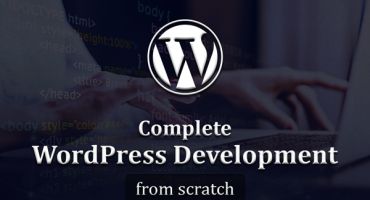We come across the term landing page so often in digital marketing that the phrase has become synonymous with lead generation. Every time you ask your campaign manager to start an ad campaign, the first thing he does is check an existing one or create a new landing page for the product or service.
So why do we need a landing page when there are several pages, probably for the same product or service?
What is the difference between a Landing Page and a Website?
Landing Page vs Website: The answer lies in the user's behaviour and browsing pages. Landing pages are the standalone pages a user lands on through campaigns. The user does not go through the home page or any other page but lands on this page, hence the term “Landing Page”.
Links
There are no links on these pages, and the user cannot go to any other page unless he changes the URL manually. The user's attention is kept on the page no matter what, and a high focus is placed on conversion.
Broader Call to Actions
The landing page has only one task: convert the user into sales. A great emphasis is placed on this. One CTA is normally placed above the fold for the user to see and act on once he lands there. CTAs are spread throughout the page for users to avail of the product. They are available multiple times in every fold so as not to miss out on any opportunity.

Difference in Objective
Landing Page vs Website - The objective of a landing page is to do the sales conversion, while that of a webpage is to engage the user and present the whole bouquet of offerings. This objective does not allow for links to be placed on a landing page. Blog pages are used on the website to bring the user to a webpage, while campaigns are used to bring users with the intention of buying a product to the landing page.
Why do we use the landing page?
The purpose of the landing page is to stop the user from being distracted by any other service or page and wandering off. Instead, he is supposed to evaluate the product or service he intends to buy for which he clicked on our campaign.
Using the regular pages of the website as a landing page will give the user options to click on links and go to another page which was not his intention in the first place. We use these pages to attract users through SEO services. Since through SEO, we do not pay to have to pay for the clicks, the user checking out other pages is not a problem for us. He should be encouraged to check our services and make up his mind thoroughly before connecting with us for better conversion.
What are the Benefits of Landing Pages?
Landing pages bring their whole set of benefits to the website. You can use it smartly by directing from a webpage to them once the user has decided to continue with the purchase.
Landing Pages Build Credibility.
Through landing pages, we can clearly show the product's benefits and your competitive edge. Use testimonials to show how users in the past have responded to your offering. You can also use the FAQ section to answer a typical user's doubts or queries.
Use additional on these landing pages, which run in isolation from the whole website.
Landing pages help in Brand Building.
The brand aesthetics also should be maintained on the home page to give a uniform look. If the user does not make a purchase initially and leaves the page, the brand image will remain in his subconscious. It can be further targeted through remarketing.
What Makes a Good Landing Page?
Effective Headlines and Meta Tags
Ensure the headlines and Meta tags are catchy and address specific problems a user might face. The headlines are what a user generally browses through and reads the remaining points per his wish. Headlines should convey the specific solution to every problem.
Quality Content
The content on a landing page should be concise. Remember, the purpose of the landing page is not to get ranked on keywords but to help in conversion. Simple, clear bullet points will help in this purpose instead of lengthy texts. The points should look like subheadings and express minor details.
Frequent CTA
The call to action should appear repeatedly and appear in almost every section. Any time the user decides to buy the product, he should not have to search for it. The CTAs should have consistent aesthetics to avoid processing efforts.
Testing for Versions
Always prepare two landing page versions with two unique designs and structures. Before you finalize any landing pages, test them by showing them to a few users who can suggest changes or their preferences. The beta testing will bring out new ideas and points that will further help you in brand building.
Videos and Images
Use videos and images that show either usage of the product or testimonials of users. It helps build the product's credibility and motivates the user to make the purchase. The use of YouTube videos increases the chance of the user being directed to the YouTube channel, beating the landing page's very purpose.
Use light videos on a server instead to keep the user on the page.
Simple and Easy Forms
The forms used in a landing page should be very simple and easy. Users will find it frustrating if the form gets lengthy or has repeated fields and tend to skip them. You can test out the forms internally, ask for honest opinions, and make changes accordingly. Use simple dropdowns or checkboxes for users to fill instead of asking them to type out their choices.
How does AMITKK help in Design Landing Pages?
Find the ultimate guide about landing page vs website with AMITKK. Our website development company knows the basics of the landing page in detail and ensures that the conversion rate stays high. We also have high-end UI designers who create world-class landing page designs for you. If you need someone to help you with lead generation or develop a landing page, feel free to connect with us.

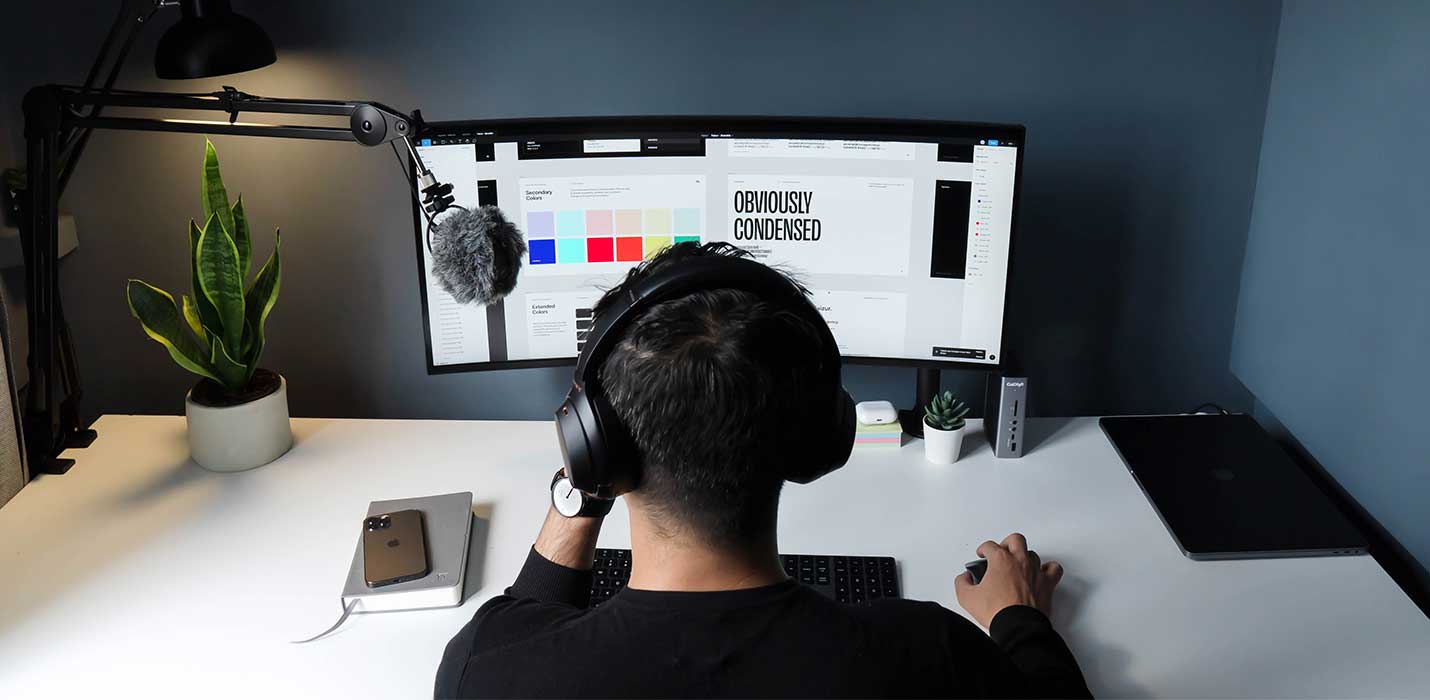



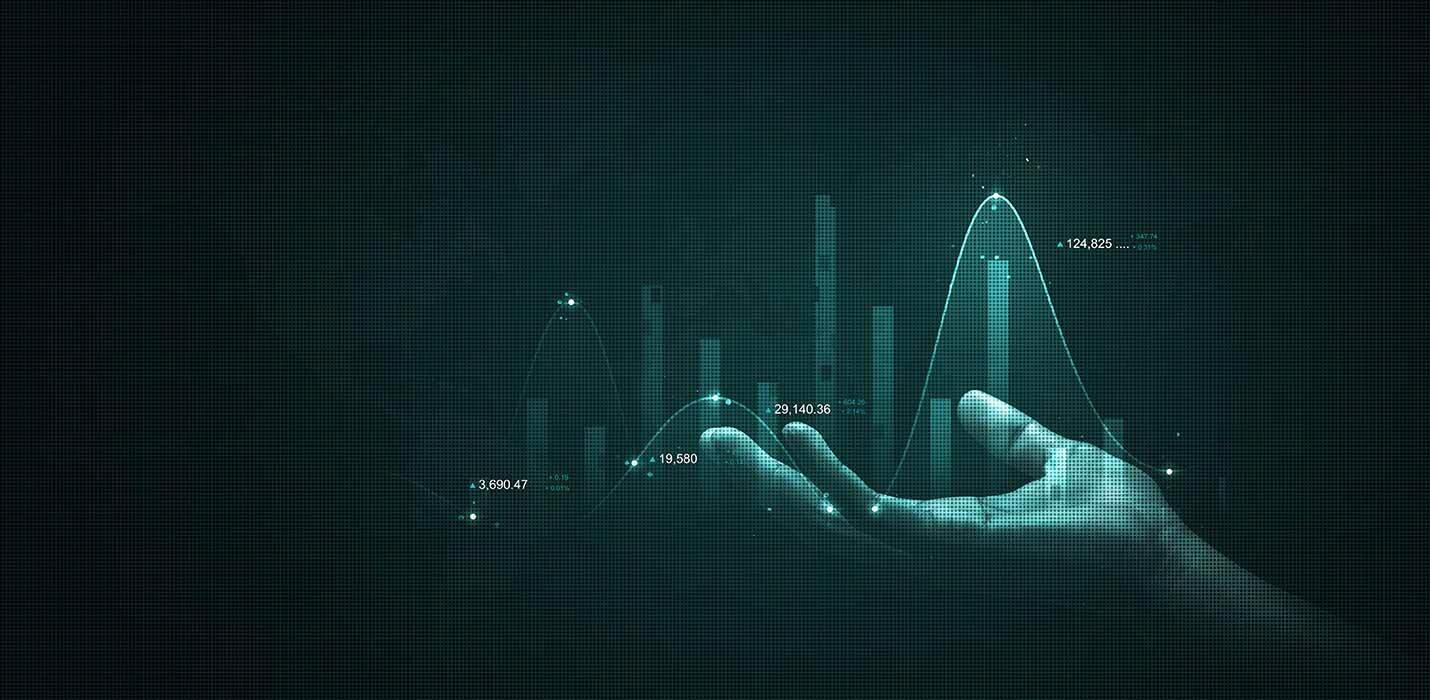













 Website Designing Company In Delhi
Website Designing Company In Delhi 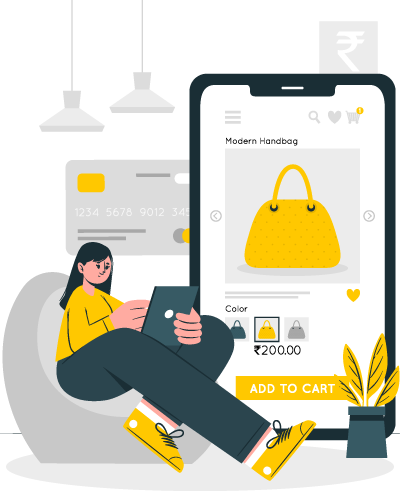 Ecommerce Website Development In Delhi
Ecommerce Website Development In Delhi 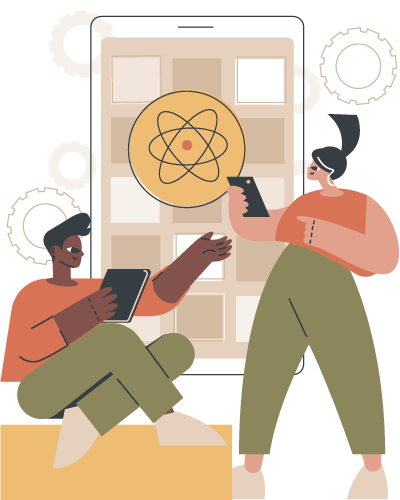 React Development Company
React Development Company  Ecommerce Seo
Ecommerce Seo 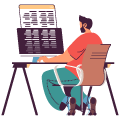 Website Development In Noida
Website Development In Noida 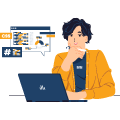 Website Development in Ahmedabad
Website Development in Ahmedabad  Website Development in Kolkata
Website Development in Kolkata 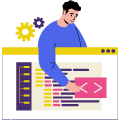 WordPress Development in Jaipur
WordPress Development in Jaipur  Wordpress Development In Ahmedabad
Wordpress Development In Ahmedabad 


